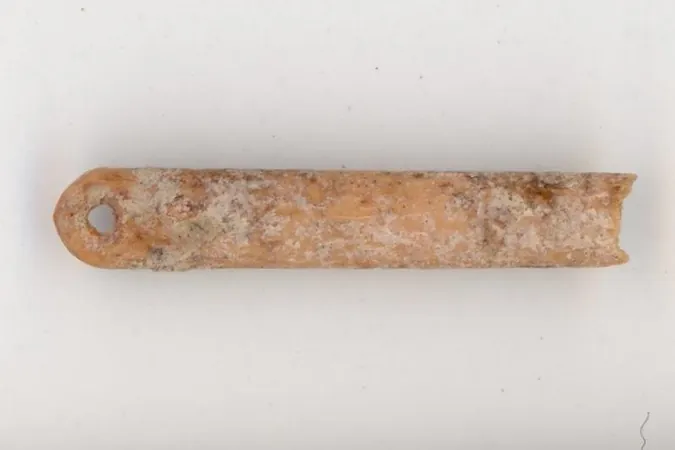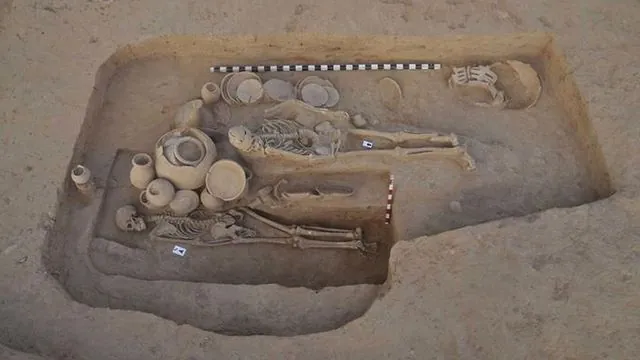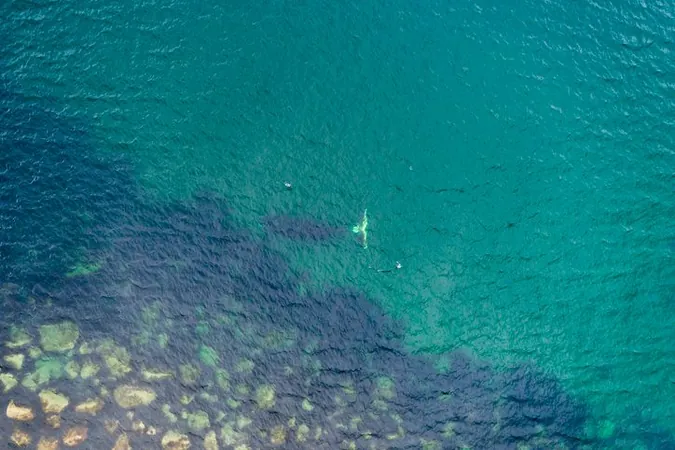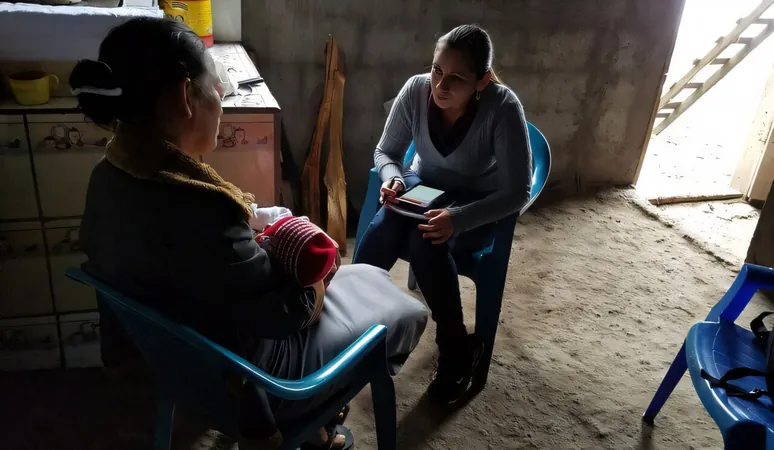
Unveiling Prehistoric Tailoring: Bone Needles Reveal Ice Age Humans' Secrets to Winter Survival!
2024-11-27
Author: Li
Introduction
New research has uncovered a remarkable advancement in prehistoric tailoring that could have reshaped the trajectory of human migration across North America. Over 13,000 years ago, Paleoindians in what we now call Wyoming were using the bones of animals to create specialized needles, paving the way for them to stitch together warm clothing essential for surviving the rigors of Ice Age winters.
The Crafting of Bone Needles
According to a groundbreaking study published in PLOS ONE, these ancient people crafted needles from the bones of various animals, ranging from small hares and rabbits to formidable big cats like bobcats and mountain lions. This innovation likely played a crucial role in enabling them to migrate northward, allowing these early inhabitants to thrive in colder environments and eventually explore the entirety of the Americas.
Research Methodology
The research team, which included state archaeologists and experts from the University of Wyoming, carefully analyzed 32 bone fragments retrieved from the La Prele Mammoth site. This site holds significant prehistoric artifacts, including evidence of the butchering of a Columbian mammoth and what has been identified as the oldest bead found in the Americas. Utilizing advanced techniques like mass spectrometry, micro-CT scanning, and chemical analysis, the researchers identified the specific species of animals from which these needles were crafted, revealing that they made their tools from animal bones such as those of foxes and even the now-extinct American cheetah.
Implications of the Discovery
The implications of this discovery are profound. Warm clothing made with these bone needles would have equipped early humans to venture into northern territories previously inhospitable due to extreme cold. "Once equipped with such garments," the researchers explained, "modern humans had the capacity to expand their range to places from which they were previously excluded due to the threat of hypothermia or death from exposure.” This development not only signifies an innovative adaptation to their environment but also illustrates the remarkable resilience and ingenuity of our ancestors.
Connection to Earlier Discoveries
Intriguingly, this research also aligns with a significant earlier discovery from 2016 when archaeologists unearthed a needle dating back 50,000 years in Siberia, the oldest known to scholars. Given that Paleoindians are believed to be descendants of those who migrated from Siberia to North America during the last Ice Age, this raises fascinating questions. It suggests that the knowledge and skills associated with needle-making and garment creation may have originated much earlier than previously thought, potentially leading to a rich tradition of tailoring that adapted and evolved over millennia.
Conclusion
As we delve deeper into the past, the revelations from Wyoming not only illuminate the daily lives of Paleoindians but also invite us to reconsider how our ancestors overcame challenges in an ever-changing world. This glimpse into the prehistoric mastery of clothing and tool-making highlights an extraordinary chapter in human history that remains vital to understanding our developmental journey.



 Brasil (PT)
Brasil (PT)
 Canada (EN)
Canada (EN)
 Chile (ES)
Chile (ES)
 España (ES)
España (ES)
 France (FR)
France (FR)
 Hong Kong (EN)
Hong Kong (EN)
 Italia (IT)
Italia (IT)
 日本 (JA)
日本 (JA)
 Magyarország (HU)
Magyarország (HU)
 Norge (NO)
Norge (NO)
 Polska (PL)
Polska (PL)
 Schweiz (DE)
Schweiz (DE)
 Singapore (EN)
Singapore (EN)
 Sverige (SV)
Sverige (SV)
 Suomi (FI)
Suomi (FI)
 Türkiye (TR)
Türkiye (TR)